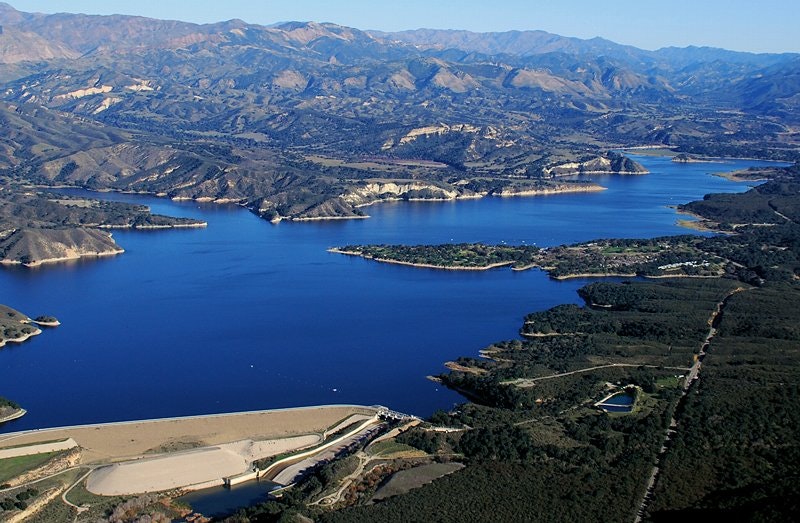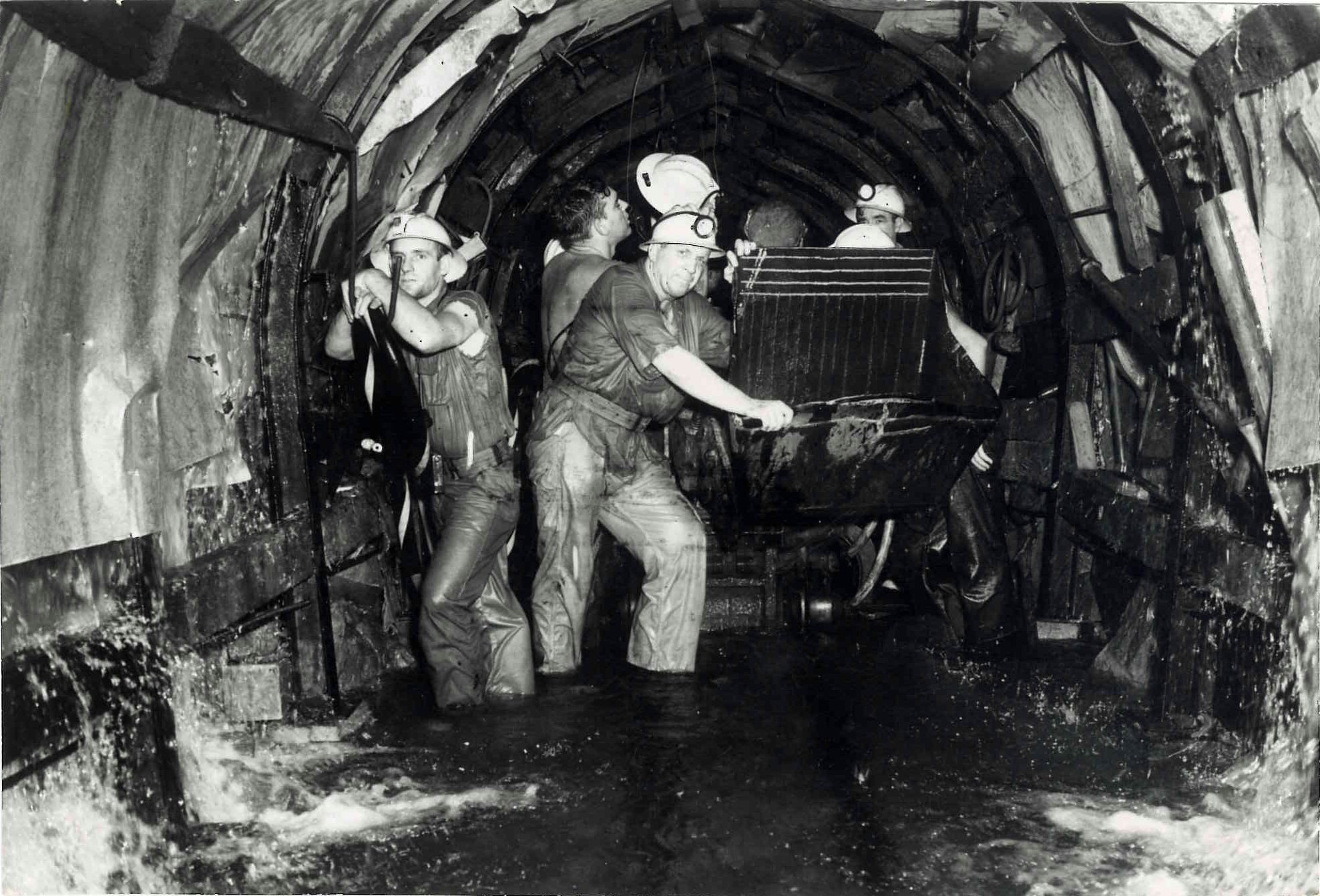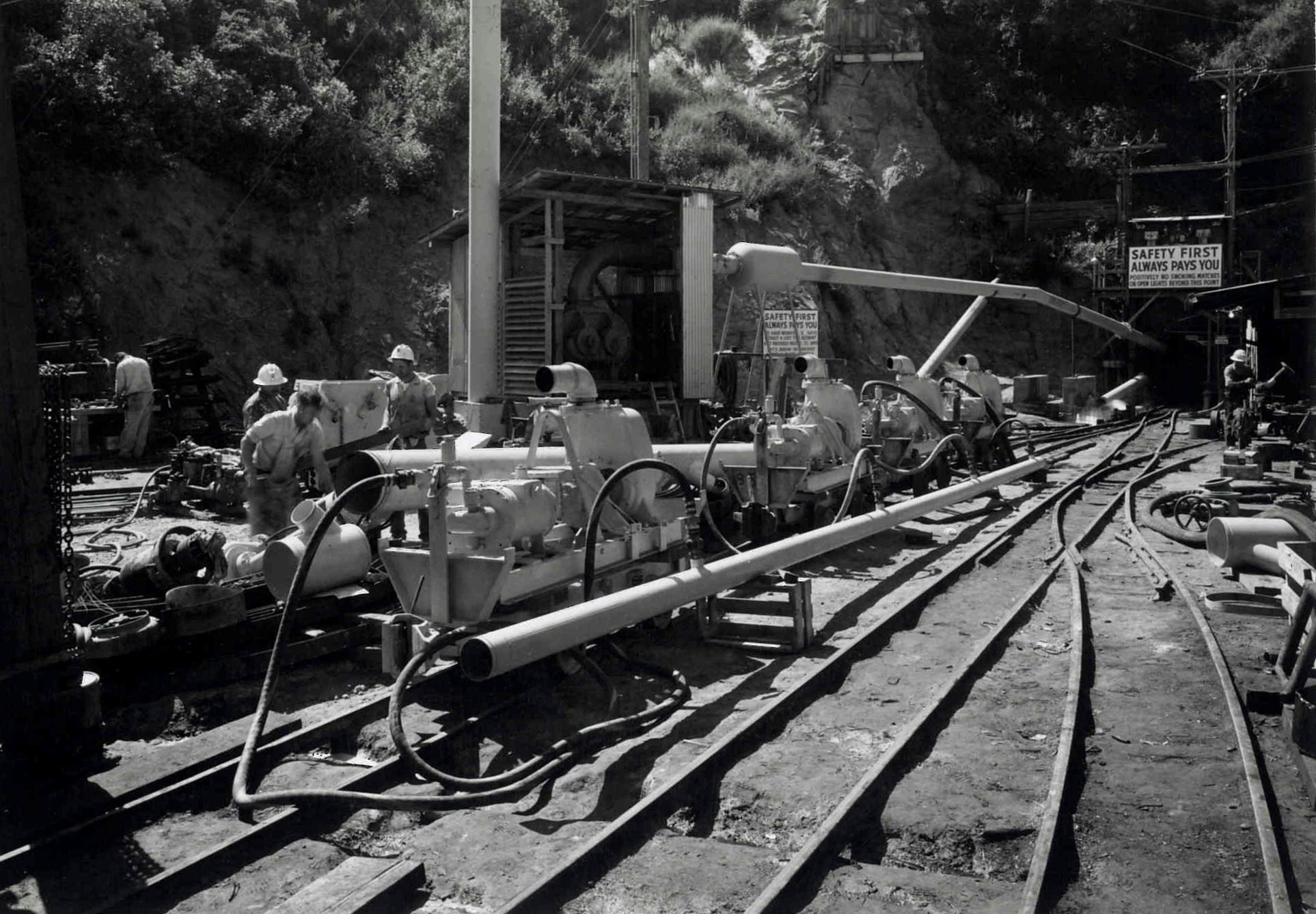History and What We Do

The Cachuma Operation and Maintenance Board (COMB) is a California Joint Powers Agency (JPA) formed in 1956 pursuant to an agreement with the Bureau of Reclamation. The agreement transferred to the Cachuma Project Member Units the responsibility to operate, repair and maintain all Cachuma Project facilities, except Bradbury Dam, which the Bureau of Reclamation continues to operate. COMB's Member Agencies include Goleta Water District, the City of Santa Barbara, Montecito Water District, and Carpinteria Valley Water District. COMB is responsible for diversion of water from Lake Cachuma to the COMB Member Agencies through the Tecolote Tunnel. In addition COMB operates and maintains the South Coast Conduit pipeline, flow control valves, meters and instrumentation at control stations and turnouts along the South Coast Conduit and at four regulating reservoirs. COMB coordinates closely with the Bureau of Reclamation and Member Units' staff to ensure that water supplies meet daily demands.
History
The Cachuma Project is one of three large-scale Federal water projects in the region; the other two are the Santa Maria and Ventura Projects. These "seacoast projects" capture seasonal floodwaters that would otherwise flow to the ocean.
The Cachuma Project collects and stores floodwater from the Santa Ynez River for historically water-deficient communities of the South Coast area, including Carpinteria, City of Santa Barbara, Goleta, Montecito, and the Santa Ynez Valley, as well as unincorporated areas and thousands of acres of outlying agricultural lands.
This river basin runoff comes from precipitation in the brief rainy season, October to April. Consequently, capturing rainfall is critical, especially during inevitable dry cycles when users can rely only on the storage of past seasons' remaining surplus.

Construction of the Cachuma Project, which was authorized in 1948, began in 1950 and was completed in the mid-1950s.
As early as 1903, the Santa Ynez River watershed was recognized as the only feasible long-term source of a dependable water supply for the increasing population of the South Coast area.
The first diversion of water from the Santa Ynez River basin to Santa Barbara took place in 1920 with the construction of the Gibraltar Dam and Reservoir and Mission Tunnel by the City of Santa Barbara. Before this, the City of Santa Barbara had used local streams and tunnels in the Santa Ynez Mountains and groundwater. In 1930, Montecito County Water District, just east of Santa Barbara, completed construction of both Juncal Dam and Jameson Reservoir upstream from Gibraltar Dam on the Santa Ynez River.
As the population of the South Coast area continued to increase, its water problems compounded. By the 1940's it was evident that underground springs were being pumped faster than the rate of natural replenishment. In addition, post-war population growth caused the City of Santa Barbara to exceed planners' safe annual yield of all its sources. The area simply could not keep pace with consumption. The area resorted to water rationing and fines for overuse.
The increasing withdrawal of water from underground sources throughout the southern portion of Santa Barbara County caused the groundwater level to start dropping at an alarming rate. City and countywide studies for a long-term solution to the South Coast area's water problems began in 1938. In 1941, the Santa Barbara County Board of Supervisors requested the Bureau of Reclamation study the water problem.
In 1945, the State of California created the Santa Barbara County Water Agency. This agency entered into a master contract with the Federal Government for development of the Cachuma Project. It also entered into subcontracts with Carpinteria Valley Water District, City of Santa Barbara, Goleta Water District, Montecito Water District, Summerland, and the Santa Ynez River Water Conservation District, all of which were designated as Member Units of the project. The SBCWA/Reclamation partnership originally proposed a "Comprehensive Santa Ynez River Basin Plan-Santa Barbara County" that would also incorporate the Santa Maria Project.
In 1947, after six years of extensive investigations and conferences with the Santa Barbara County Water Agency, the Bureau of Reclamation submitted a plan recommending the construction of Cachuma Dam, Tecolote Tunnel, and the South Coast Conduit. The plan included proposed rates for furnishing water and an allocation of water to the water districts and to the City of Santa Barbara.
The project was authorized on March 4, 1948, by the Secretary of the Interior pursuant to section 9(a) of the Reclamation Project Act of 1939.

Construction of the Tecolote Tunnel began on March 30, 1950, and was completed in 1956. Construction of Bradbury Dam and the South Coast Conduit was started in 1950 and completed in 1953. The four regulating reservoirs, Glen Anne, Lauro, Ortega, and Carpinteria, were built during 1951-1954. Distribution systems for Carpinteria, Goleta, and Summerland County Water Districts were constructed by Reclamation during 1952-1956.
To learn more about COMB's history by reading the Cachuma Project History PowerPoint (download link provided below).
Cachuma Project History.pdf